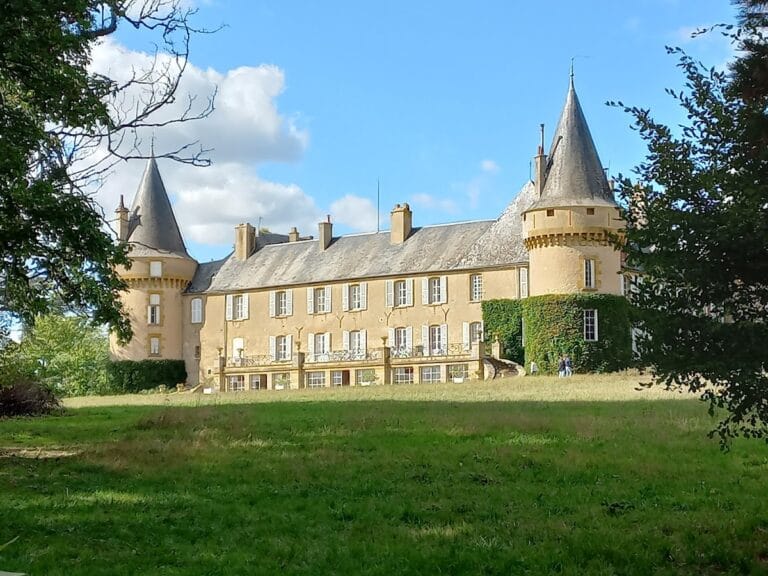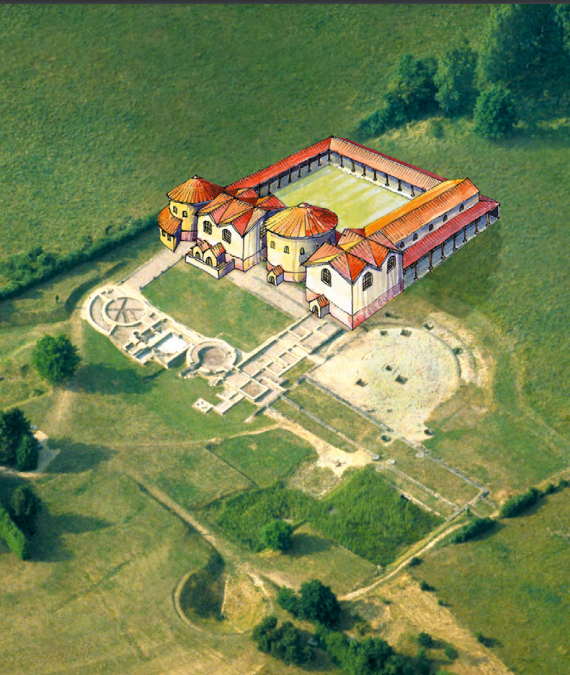Château de Corbelin: A Medieval Castle in La Chapelle-Saint-André, France
Visitor Information
Google Rating: 4.6
Popularity: Very Low
Google Maps: View on Google Maps
Country: France
Civilization: Unclassified
Remains: Military
History
The Château de Corbelin is situated in the municipality of La Chapelle-Saint-André in modern-day France. It was established during the medieval period within the territory controlled by the French nobility.
Records of the site date back to the 12th century, indicating its early importance in the region. In the mid-13th century, a notable conflict arose when Geoffroy de Corbelin defied ecclesiastical authority by erecting a wooden defensive structure, called a bretèche, along with additional buildings without authorization. The dispute was resolved in 1249 through mediation by Countess Mahaut of Auxerre, permitting Geoffroy to keep these constructions but barring any further expansions. This incident highlights the castle’s strategic role and the complex relationship between secular lords and church officials during this period.
Over the following centuries, Château de Corbelin held significant local influence as a key seigneurie positioned between the County of Nevers and the Barony of Donzy. Its economic relevance was tied to iron production, which remained active until the mid-1800s, and it also served as a center for timber rafting, utilizing the nearby river for transporting wood.
From at least 1459 until the late 16th century, the property belonged to the Le Muet family. Several generations, including Étienne, Guillaume, Jean, Léonard, Philibert, and André Le Muet, maintained control over the castle during these years. Their tenure coincided with periods of construction and upkeep that shaped the site’s later appearance.
Remains
The Château de Corbelin today features the remains of a fortified structure primarily dating to the late 14th century. Four large towers form the core defensive elements, reflecting medieval military architecture of the period. These towers are constructed from stone, emphasizing durability and defense, and stand prominently on the castle grounds.
Between the southeast and southwest towers lies the main residential building, which was built in the 16th century. This two-story structure served as the living quarters and represents the architectural transition towards more comfortable noble residences while still maintaining defensive capacities.
Attached to the main residence is a utility building from the 18th century, illustrating continued use and adaptation of the site over time. Nearby stands a 19th-century outbuilding known as a commun, which likely functioned as shared service quarters or storage space for estate workers. Both additions testify to the evolving needs of the site’s occupants across centuries.
Visible on the grounds are the ruins of a blast furnace dating from the 19th century, attesting to the castle’s role in iron production during the industrial era. The furnace remains provide physical evidence of the manufacturing activities conducted there, linked to the site’s longstanding ironworking tradition.
The castle’s placement on the banks of the Corbelin river was significant for its economic activities, particularly timber rafting. The river enabled the transport of wood downstream, an important aspect of the estate’s operations in past centuries.










